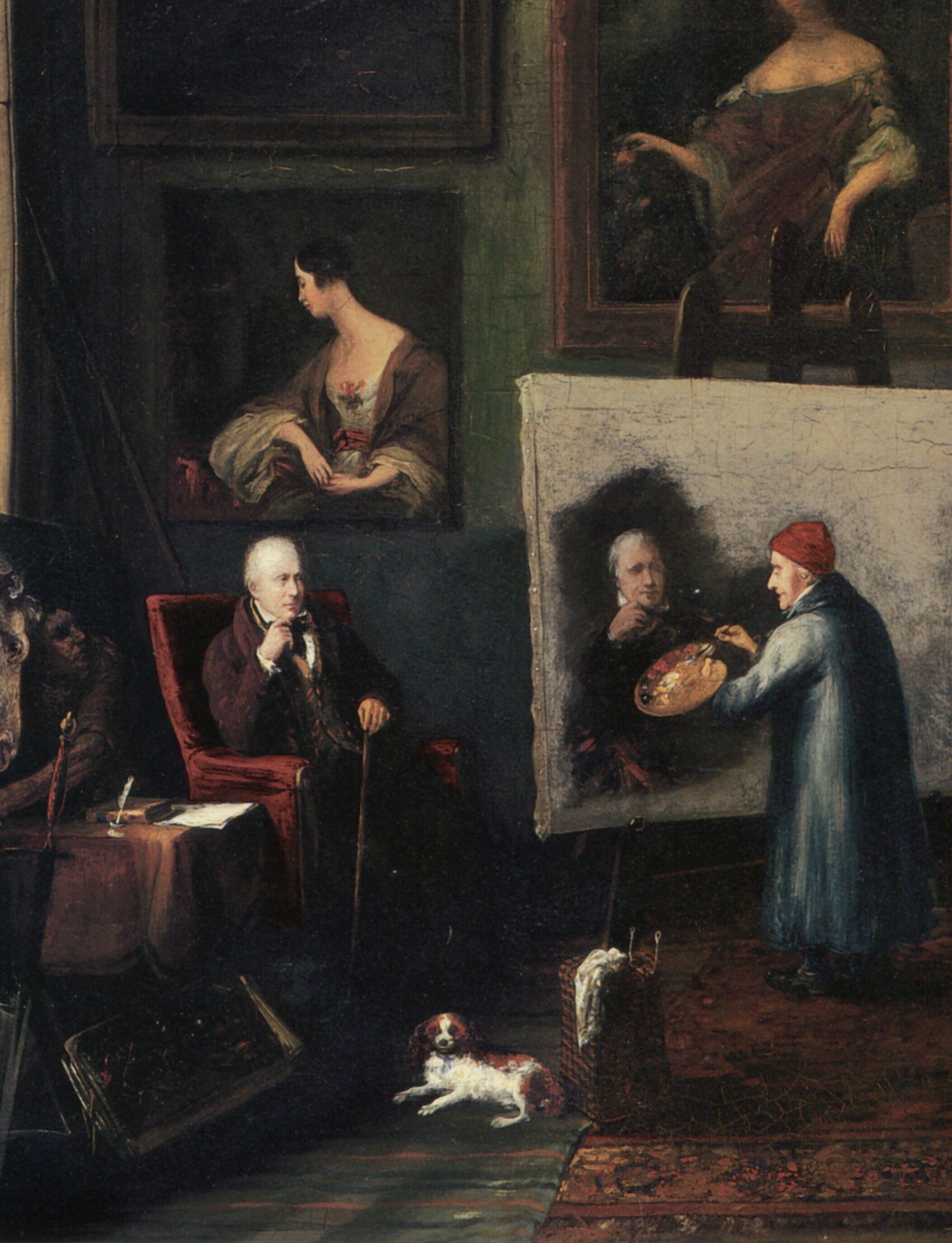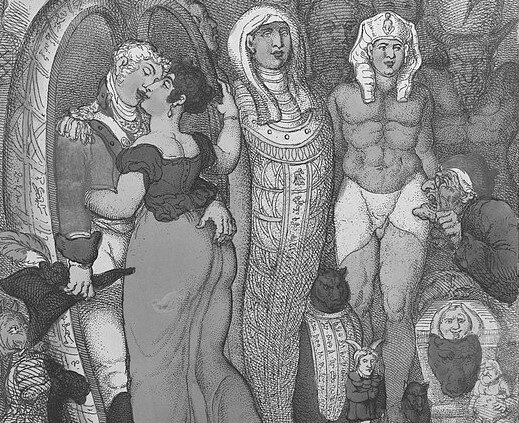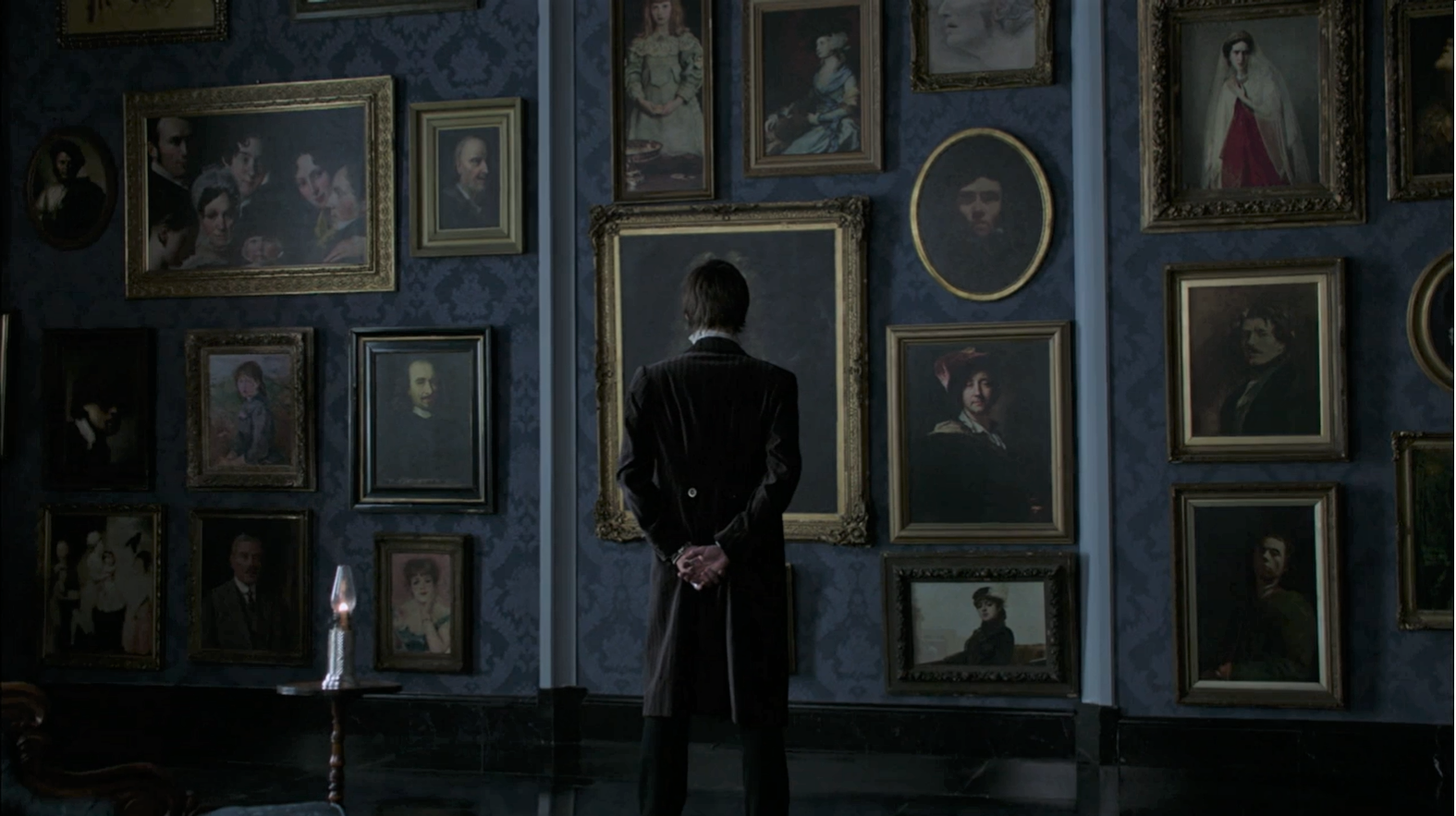
Literary Afterlives
My book Romantic Capabilities (Oxford, 2020) models an original method for studying literary texts through their medial afterlives, based on the theory that new media often activate and make visible ways that the texts they reinvent and reinvigorate were always commenting on their medium. How might Jane Austen fanfiction release or realize medial potentials already present in her novels? What about the troves of Victorian 3D-photographs of sites associated with Walter Scott’s novels? Or the viral circulation of William Blake’s proverbs and pictures across media platforms?

Much of my other research traces intellectual and institutional lineages that link literature to subsequent cultural formations. My book Sentimental Masculinity and the Rise of History, 1790-1890 (Cambridge, 2009) charts how History initially defined itself as a discipline in opposition to Scott’s historical novels and their emphasis on forging affective relations to the past. The book’s epilogue, and its elaboration in the later essay “The Walter Scott Experience,” examine the ongoing (if unwitting) hold of Scott’s novels’ over living history museums’ and reenactors’ narrative imagination of American history. Gustave Flaubert’s afterlife in modern French philosophy and postmodern British literature are the focus of the article “Knowing Seizures,” which reads Julian Barnes’s novel Flaubert’s Parrot (1984) as an effort, via Flaubert and Sartre, to expose sadomasochistic tendencies at the heart of postmodern resistance to truth. I am currently working on a book chapter on the afterlife of Mary Shelley’s Frankenstein in the Showtime series Penny Dreadful, and a separate article on the disturbing afterlife of Mel Gibson’s revenge film Braveheart among right-wing fringe groups in the United States.

“The Walter Scott Experience: Living American History after Waverley,” in Constellations of a Contemporary Romanticism, ed. by Jacques Khalip and Forest Pyle (Fordham UP, 2016).

“The Joy of Looking: What Blake’s Pictures Want,” Representations, 119 (2012): 1-36.

“Knowing Seizures: Julian Barnes, Jean-Paul Sartre, and the Erotics of the Postmodern Condition,” Textual Practice 19 (2005): 149-71.

“Blakespotting,” PMLA 121:3 (2006): 769-86.

Romantic Capabilities: Blake, Scott, Austen, and the New Messages of Old Media (Oxford: Oxford UP, 2020).

“Uneven manliness and the separate spheres of Victorian history,” in Mike Goode, Sentimental Masculinity and the Rise of History, 1790-1890 (Cambridge: Cambridge UP, 2009)

“The Far Right’s Braveheart New World” (work-in-progress)

“Penny Dreadful and the Frankensteinian Collection: Archives, Anthologies, and Monstrous Adaptations from Shelley to SHOWTIME,” in Penny Dreadful and Adaptation: Reanimating and Transforming the Monster, ed. by Will Scheibel and Julie Grossman (Palgrave Macmillan, forthcoming 2022).